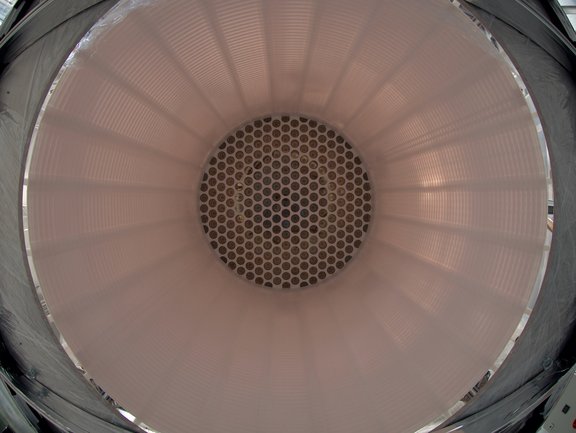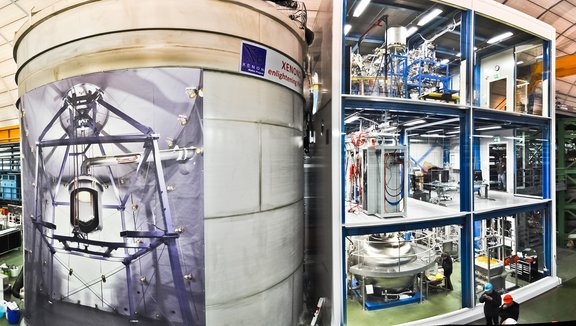Neutrino Fog Rolling into Sight
After improving over the last years the limits over many orders of magnitude, dark matter searches might finally have a real signal to contend with. Alas, the signal doesn’t come from dark matter particles but from a flux of neutrinos produced by nuclear reactions in the Sun. In 2024, the XENON and PandaX collaborations independently reported that their detectors have started to see this “neutrino fog.” Whereas the neutrino fog can make it harder to search for dark matter in the next-generation experiments, researchers agree that this will allow to study a number of very important questions in neutrino physics.
The research result was announced by the XENON collaboration in July, with the researchers able to detect neutrinos from the sun using nuclear recoil signals for the first time. These neutrinos are produced in the sun's interior during nuclear decays of the isotope boron-8 and were detected by the XENONnT detector. XENONnT is one of the world's largest experiments for the direct detection of dark matter and is located at the LNGS underground laboratory in Italy. The detector uses 5.9 tonnes of liquid xenon as a detection medium and is equipped with state-of-the-art subsystems to measure extremely rare events.
Further information about the XENONnT experiment can be found on the official XENON websites (see below).
Weblinks:
Physics Magazine - First glimpses of the Neutrino Fog
Webseite of the XENON-Collaboration
XENON at MPIK (Division Lindner)

